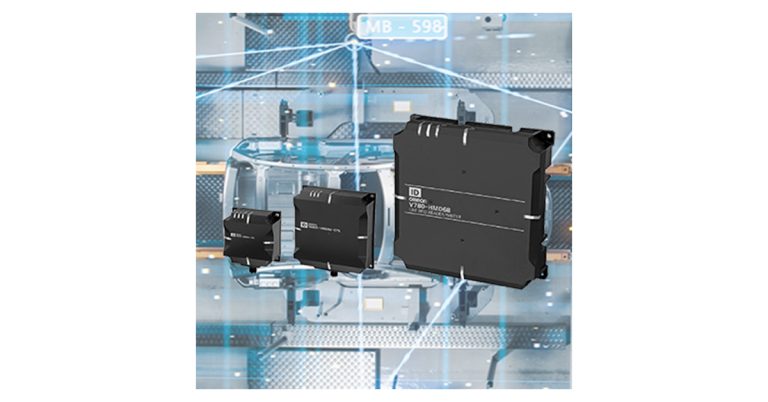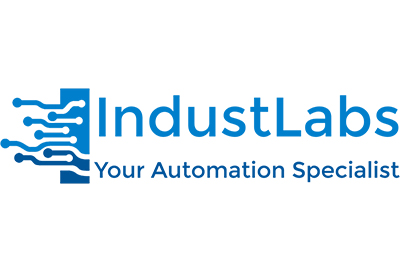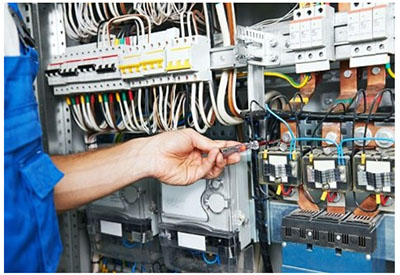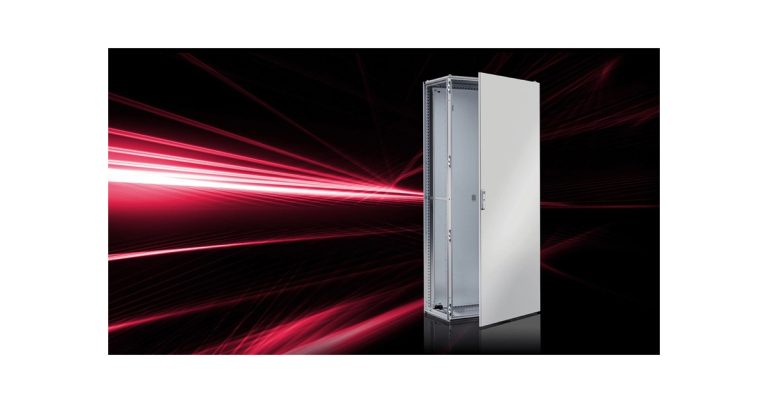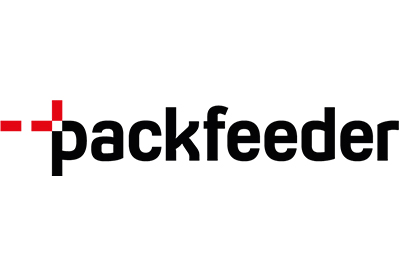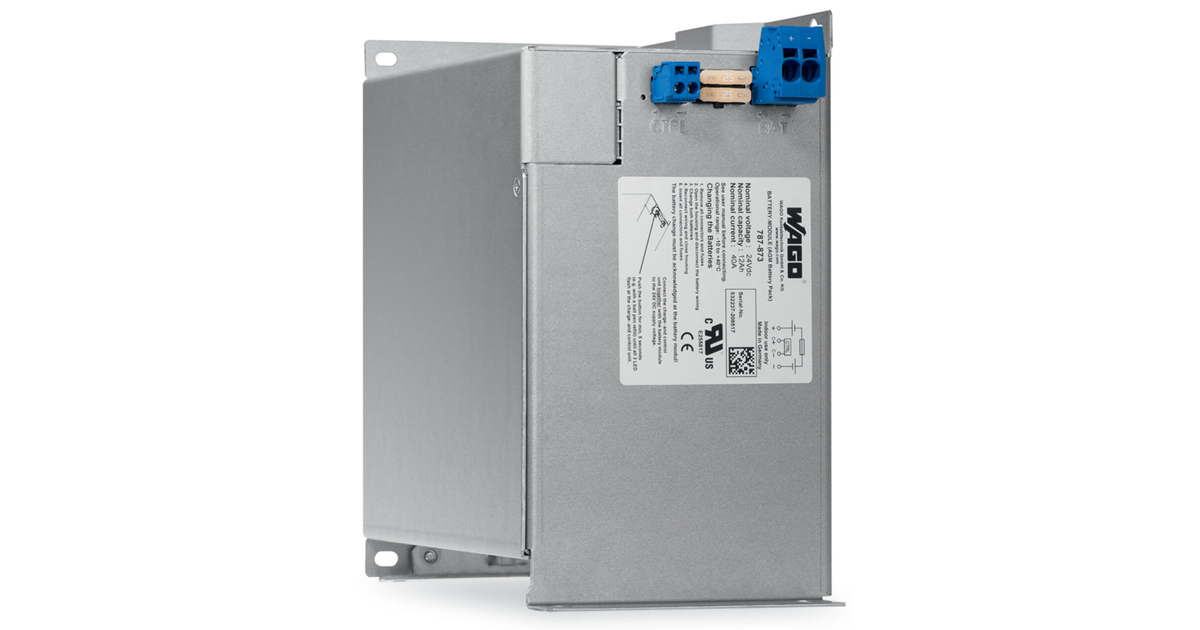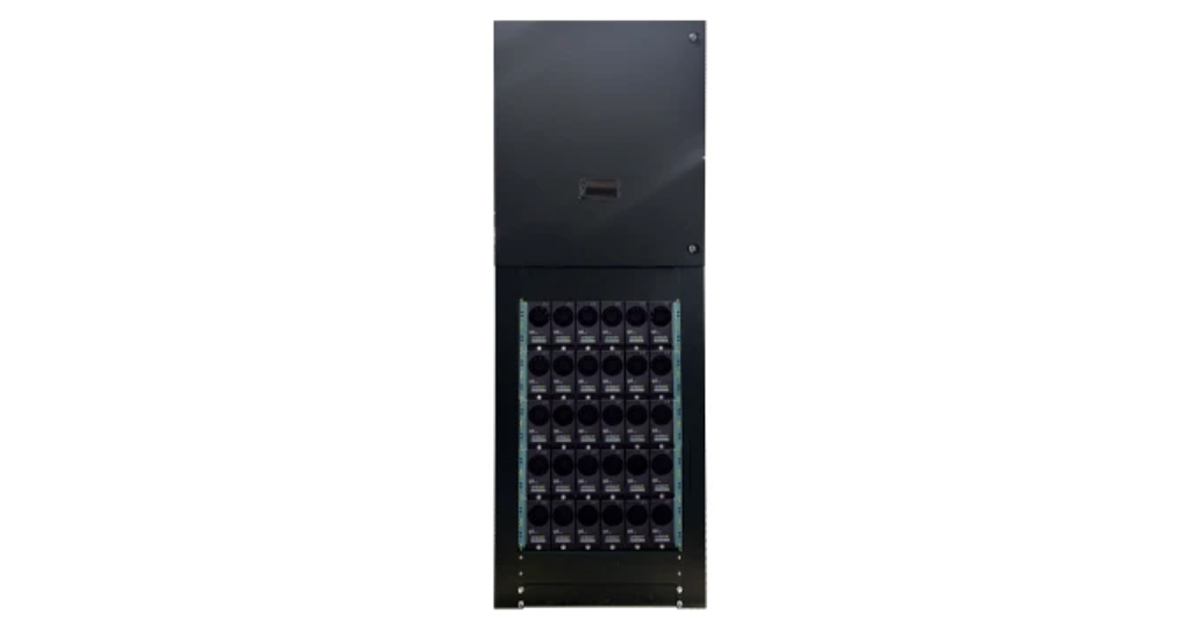How to Know if Your Outdoor Industrial Enclosure is Right for Oil & Gas Processing
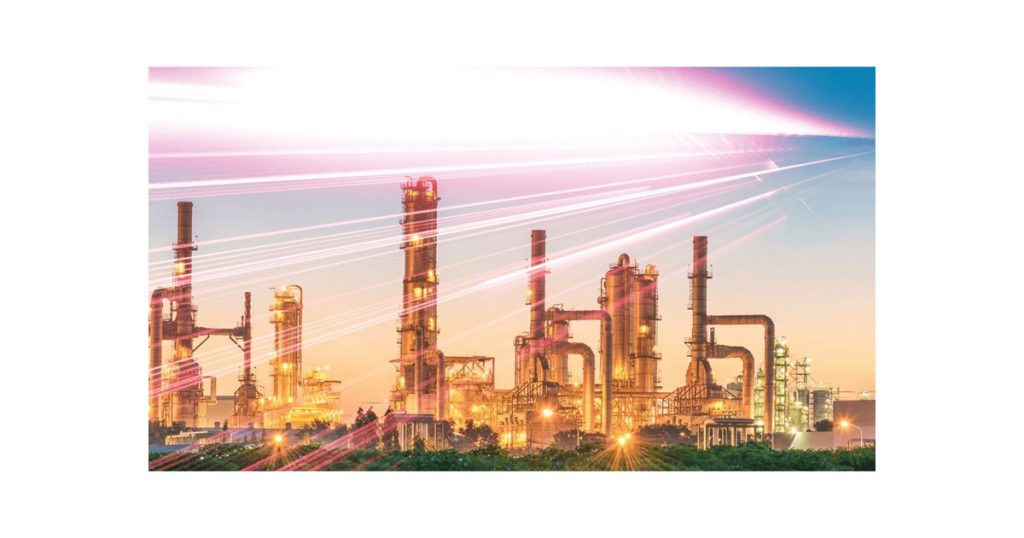
September 17, 2024
The oil & gas processing industry is a complex space. Not only does a majority of production occur in uncontrolled or hash environments, but there is also a variable nature to the kinds of oil & gas processing sites, and each type of facility requires different infrastructure solutions to optimize productivity and efficiency.
For example, the ideal type of industrial enclosure or climate control solution for an offshore oil & gas site can differ from a pump station facility, and deploying an enclosure that’s not equipped to handle the rigors of a specific application can result in more frequent maintenance intervals and losses in productivity.
In fact, the continued development of deep-water oil & gas processing means manufacturers need more robust, durable automation systems to handle the significant environmental challenges of this kind of work, and creating these systems starts with specifying the right industrial enclosures for the job.
With this in mind, this article will look at a couple of features to look for to determine whether your outdoor industrial enclosure is right for use in oil & gas processing.
Water and dust-proof environmental seals
Preventing the ingress of water, dust, or other airborne particles is mission-critical for oil & gas processors — particularly those working in offshore sites — to avoid mechanical failures. Such failures can result in increased maintenance and troubleshooting costs, and these disruptions can significantly hamper productivity and make it difficult for oil & gas manufacturers to keep pace with the competition.
What’s more, offshore oil & gas manufacturers need industrial enclosure solutions that can withstand high winds and prolonged exposure to sunlight without requiring accessories or modifications to the enclosure door or side panels.
Choosing an industrial enclosure that utilizes foamed-in-place gaskets and a multi-point latching system can help prevent the ingress of water and dust, and these features can also help ensure long-term durability in the face of extreme winds. Rittal’s 316 Stainless Steel TS 8 Enclosure leverages an innovative four-point latching system and foamed-in-place gaskets for a dust-proof environmental seal.
In addition, a padlock handle provides additional safety and security without sacrificing ease of access for authorized personnel.
Streamlined, cost-effective maintenance and configuration
For oil & gas manufacturers that operate a network of pump stations, simplified and cost-effective maintenance of their automation infrastructure is key, especially due to the remote nature of these pump stations. Frequent service visits to ensure consistent, reliable oil & gas production can be costly and difficult to facilitate, particularly if you’re deploying an industrial enclosure that’s not designed to simplify and accelerate maintenance processes.
The single-door design of Rittal’s new NEMA 3R Vented Drive Box streamlines access to the inside of the enclosure, and the simplified design of the hinge and door makes removal and reattachment easily achievable by a single assembler or installer without the need for specialized tooling. What’s more, the NEMA 3R Vented Drive Box is designed with pre-drilled mounting holes to accommodate rapid configuration and troubleshooting in various unique or unconventional deployments.
This simplified maintenance and configuration doesn’t come at the expense of durability and reliability. The UL Type 3R Rated design provides reliable performance in harsh outdoor conditions, safeguarding sensitive electronics, and a 3-phase surface finish and silicone gasket that prevents contamination and extends the service life of your equipment.
For offshore sites, Rittal’s 316 Stainless Steel TS 8 Enclosure features spring-loaded, quick-release hinges and a removable floor panel to streamline panel wiring and custom configuration. This helps offshore processing sites better adapt to space constraints or the need to quickly scale production.
Simplified integrated cooling capability
Industrial enclosures with an integrated cooling capability are critical for oil & gas manufacturers for a couple of reasons. First, integrated cooling helps simplify the bill-of-materials (BOM) for plant operators by removing the need to specify enclosure or cooling unit accessories. In addition, integrated enclosure cooling leverages high-performance fans that provide targeted airflow to more efficiently remove heat from the drive systems housed inside the enclosure.
This increase in cooling efficiency helps manufacturers reduce energy consumption and cooling costs, and it also helps enable more consistent, reliable production by maintaining peak operational temperatures.
Rittal’s NEMA 3R Vented Drive Box is designed using an innovative approach to integrated cooling that includes:
- Fan and filter cooling to help ensure optimal thermal management to prevent overheating and maintain efficient operation. What’s more, these top-mounted fan and filter units allow for easy access to streamline maintenance tasks.
- Washable filter kits that can be cleaned or replaced without opening the enclosure door.
- Adjustable thermostat that comes standard with the enclosure for more precise control over cooling outputs and energy use.
With an industrial enclosure specifically designed for the challenges of oil & gas processing, plant operators can optimize their processes for efficiency and performance. Rittal’s innovative line of outdoor industrial enclosures can help you prepare for wherever outdoor production takes you.


